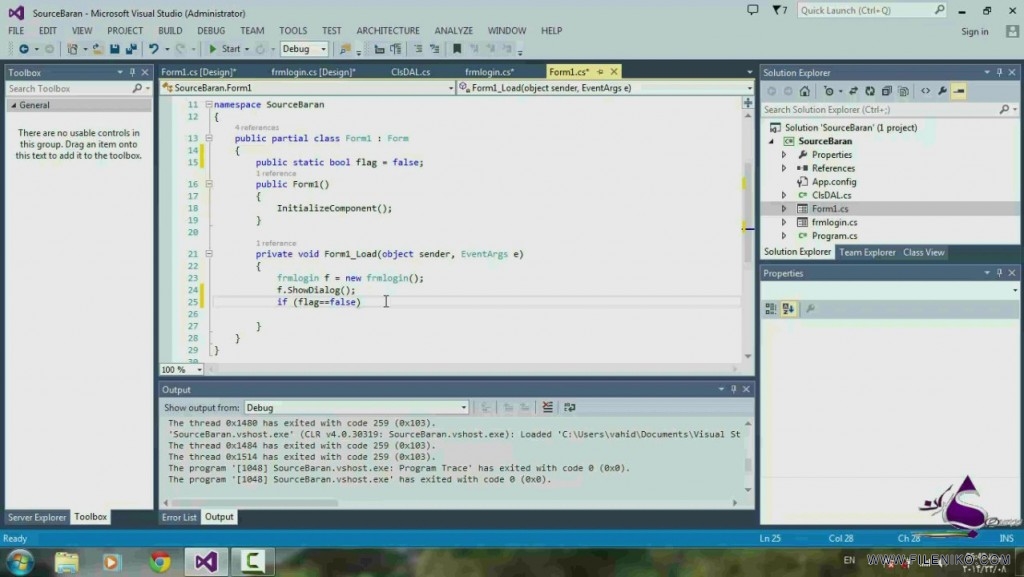


We should also mention that setting the charset can only be useful for text files (.text, My Core Email API docs (inofficial drafts) should be added to the Symphony wiki. When a change like this is verified and pulled, we should also add the new syntax to the Core Email API docs. (Please try and keep it as simple as possible, and honor strictly object-oriented approach.) So if you send a pull request, I will be happy to take a look. 'charset' => If we do it backwards-compatible similar to the above and supports this change, I won't oppose. 'file' => '/path/to/your/webspace/foo/bar.csv', If you specify the attachment's encoding, is there a difference between opening the file from within Outlook and saving it first (then opening it)? (I still wonder if something like a file's encoding can be saved to disk.) If there is a difference in behaviour, are you sure that this wouldn't puzzle your client even more? Furthermore, I would still like to understand Outlook's mechanism.If we really find this How do you add these files? I assume that you have written a custom event to send these emails, right? Will the attached files always have the same encoding? But we might think about a Core Email API option to specify the encoding of an attached file. In my eyes guessing the encoding would be nightmare. At least on my localhost it nearly always returned "UTF-8" (as soon as the test exceeded the ASCII character range) - even for ISO-8859-1. It is even worse than Thunderbird in guessing encodings. Then I tried PHP's mb_detect_encoding function. Thunderbird attempts to guess and add the encoding, but gets it wrong with many encodings (often assuming UTF-8 where it is a different encoding actually).Apple Mail does never try and add the encoding.Here is an example form the RFC to show you what could be done:Ĭontent-type: text/plain charset="UTF-8" If we start this, we'll have to deal with other ideas as well. RFC 6266 suggests that we should be using utf-8 on the filename as wellĪs I mentioned in an earlier post, this is of very low importance if we assume that fiels have been uploaded using Symphony. There is, however, something about the transfer encoding, which is a different story (see above). I don't really find the information there. RFC 2231 talks about encoding for attachments (and so does RFC 2045) So your suggestion is to include information in emails which is not even added by email clients like Apple Mail. That is just a transfer encoding, which should be completely transparent anyway.) (The whole thing has nothing to do with base64, BTW. It just sends it and leaves the rest to the recipient. Thus it does also not add this information to the Content-Type. Result: Mail does not try to guess the encoding of the file. I have made some tests with a plain text file using Apple Mail. This would be more safe, but would require extra work and knowledge to be able to deal with this situation.īTW, I knew that this issue would be a nightmare, but I would not have slept well if I did not reported it. The doc says that it returns an array of possible values.Īlso, we could simply add an extra parameter in order to be able to set this property easily in php. So adding the charset on csv files may break things (?) but I think txt files are safe.Īnother test case needed here would be to test mb_detect_encoding. Exel is not even able to properly decode my csv file. Nad would guessing the charset work for documents different from CSV or TXT?
#Eagetmail delete mail mac
My client is on a Mac so I am guessing she's usign Mail. Since the base64 decoding is done by the mail client and that adding the proper charset, it decodes it as it should. I have tested Outlook 2010 (v14) and my webmail only, but the two gave me a properly encoded file (tested with Notepad++)īut, before the fix, the base64 decoding was giving weird ASCII characters instead of the 2 bytes one.

Have you tested some different clients (if they do it themselves and if they understand it)? Return RedirectToAction("Index", "Home") // I want to redirect this but it does not work.Į(e.InnerException.I have no clue. Var userIdentity = new ClaimsIdentity(tokenRes, "Login") ĬlaimsPrincipal claimsPrincipal = new ClaimsPrincipal(userIdentity) Īwait HttpContext.SignInAsync(claimsPrincipal) Var res = _wrapperService.Post(requestModel, "/api/auth/login") LoginResponseModel loginResponseModel = new LoginResponseModel() Public async Task UserLoginAsync(LoginRequestModel requestModel) When it is success i want to redirect the user into HomeController. I do an authorization with a LoginController.


 0 kommentar(er)
0 kommentar(er)
